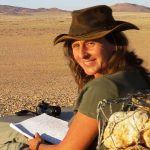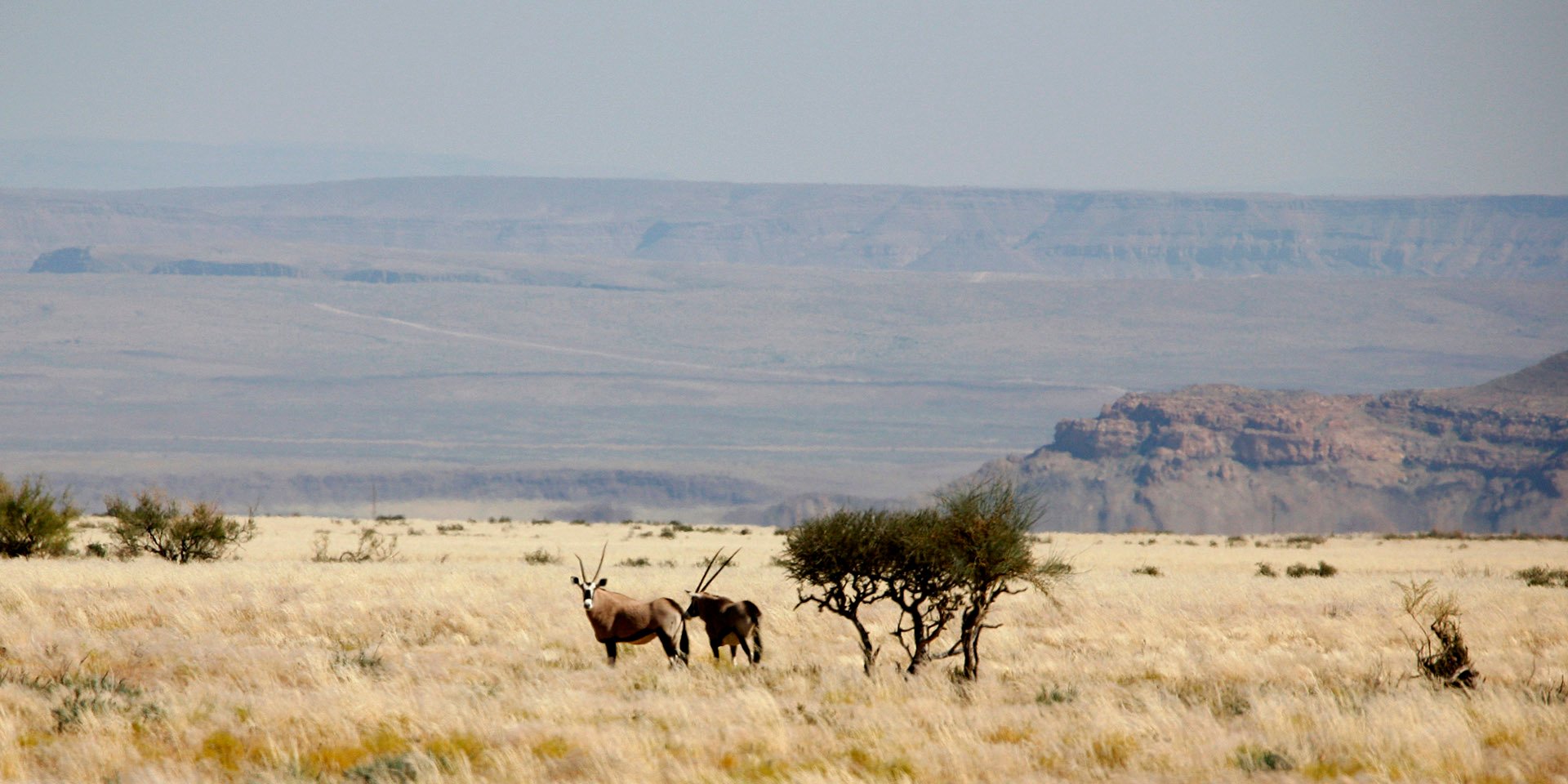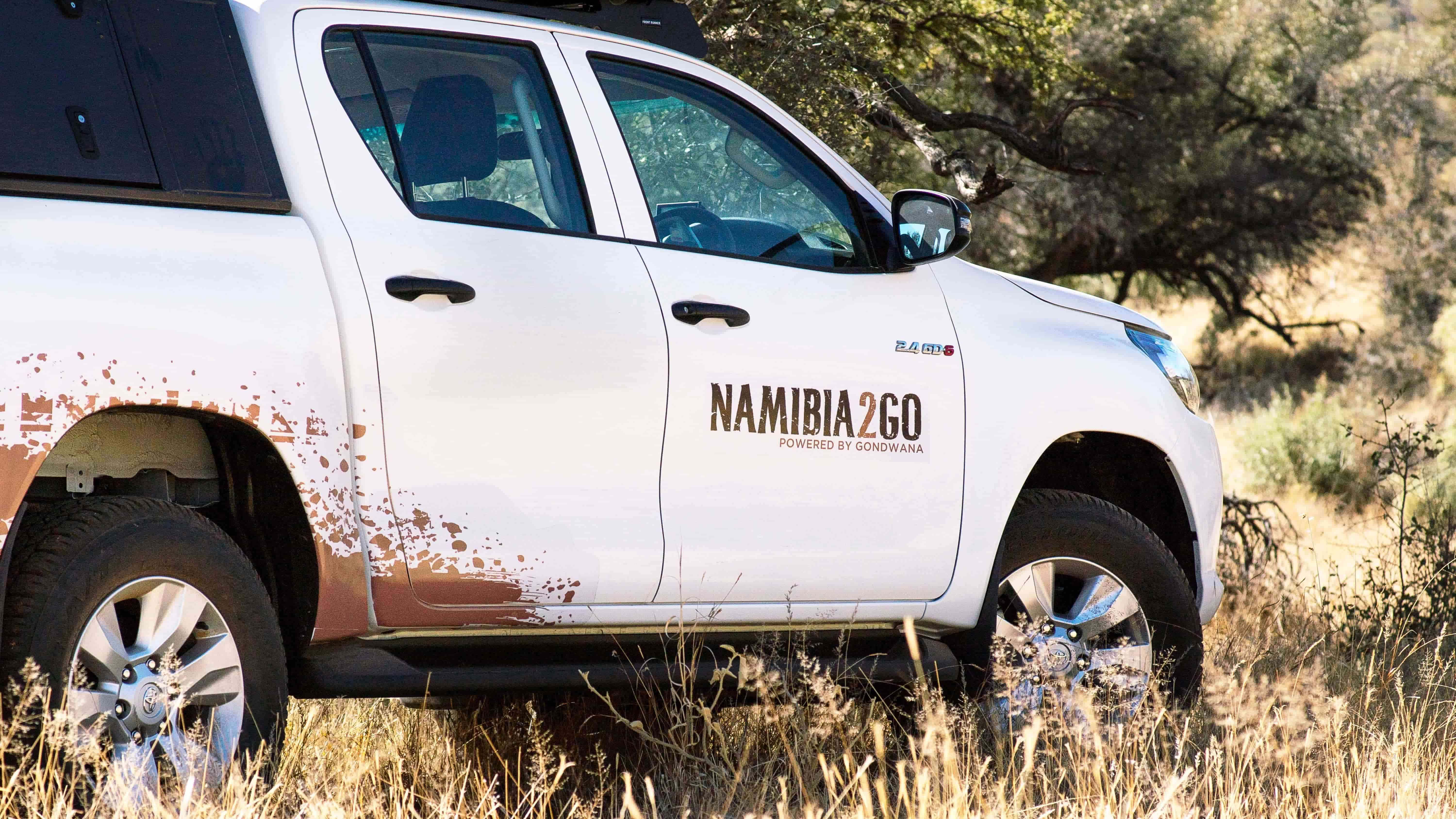When you see those ‘Welcome to Bwabwata National Park’ and elephant caution signs after you cross over the Okavango River, you can’t help but feel the excitement of entering into wild Africa.
In the Bwabwata multiple use area, Namibia has succeeded in creating a national park where wildlife and people co-exist, as in many of the conservancy areas around the country. More importantly though, it is part of the larger KAZA transfrontier park and the wildlife is able to migrate into neighbouring countries when need be.
The Caprivi is a thin corridor of land in north-eastern Namibia pointing eastwards, like a hand, into the heart of Africa, bordered by Angola, Botswana, Zambia and Zimbabwe. It is a tree-filled expanse, with an abundance of animals, and a system of rivers and waterways, home to hippos, crocodiles and a plethora of waterbirds.
The five-hour drive from Hakusembe took me the whole day. Being the time of the year for collecting nangondwe, the long grass used for thatching roofs, golden bundles were piled into heaps along the roadside and outside villages, and I stopped to chat to people and take photographs. When I turned at Kongola towards Namushasha River Lodge, I couldn’t resist a quick stop at Mashi Crafts, which had grown since my last visit from a small shop to into a large high-roofed ‘temple’. It sells a fantastic assortment of baskets and carvings made by people from the surrounding conservancies, providing them with a livelihood and with us, the opportunity to buy works of art.
I have learnt never to ask the condition of a road from a 4x4 owner and I was once again proven correct as the 24km track, which is presently being worked on, turned into a hair-raising experience at that time of day with trucks hurtling towards me pushing me onto the soft-sand verges, leaving me blinded in clouds of dust. When I stopped in a panic to deflate my tyres, a passing truck barely missed me, covering me in yet another layer of dust. A group of children thought it was highly entertaining and surrounded me asking for ‘sweeeeties’. That made my blood boil a little more as tourists are unaware of the consequences they set in motion when they generously hand out goods or sweets, leaving a wake behind them that transforms any future interaction with the local people into one of expectancy.
As the red sun dipped behind the trees – and the Caprivi has the reddest sunsets you have ever seen – I arrived (hot and dusty) at Namushasha. The impressively attractive lodge has stylish wooden decks perched between the trees, overlooking the river and fields of phragmites reeds edged with waterlilies. I was awe-struck. I felt like a bedraggled peasant entering a grand Caprivi kingdom. (Where did I leave my crown?) And that was just the beginning.
Ron Swilling is a freelance writer, based in Cape Town, writing for Namibian and South African publications. She is a regular contributor to Gondwana’s History and Stamps&Stories columns and documented the information on the Wild Horses in the Namib Desert for Mannfred Goldbeck and Telané Greyling. She invites you to ‘Follow her footsteps’ on her journey from the Orange River, exploring the Gondwana routes through the intriguing country of Namibia.






SUBMIT YOUR COMMENT